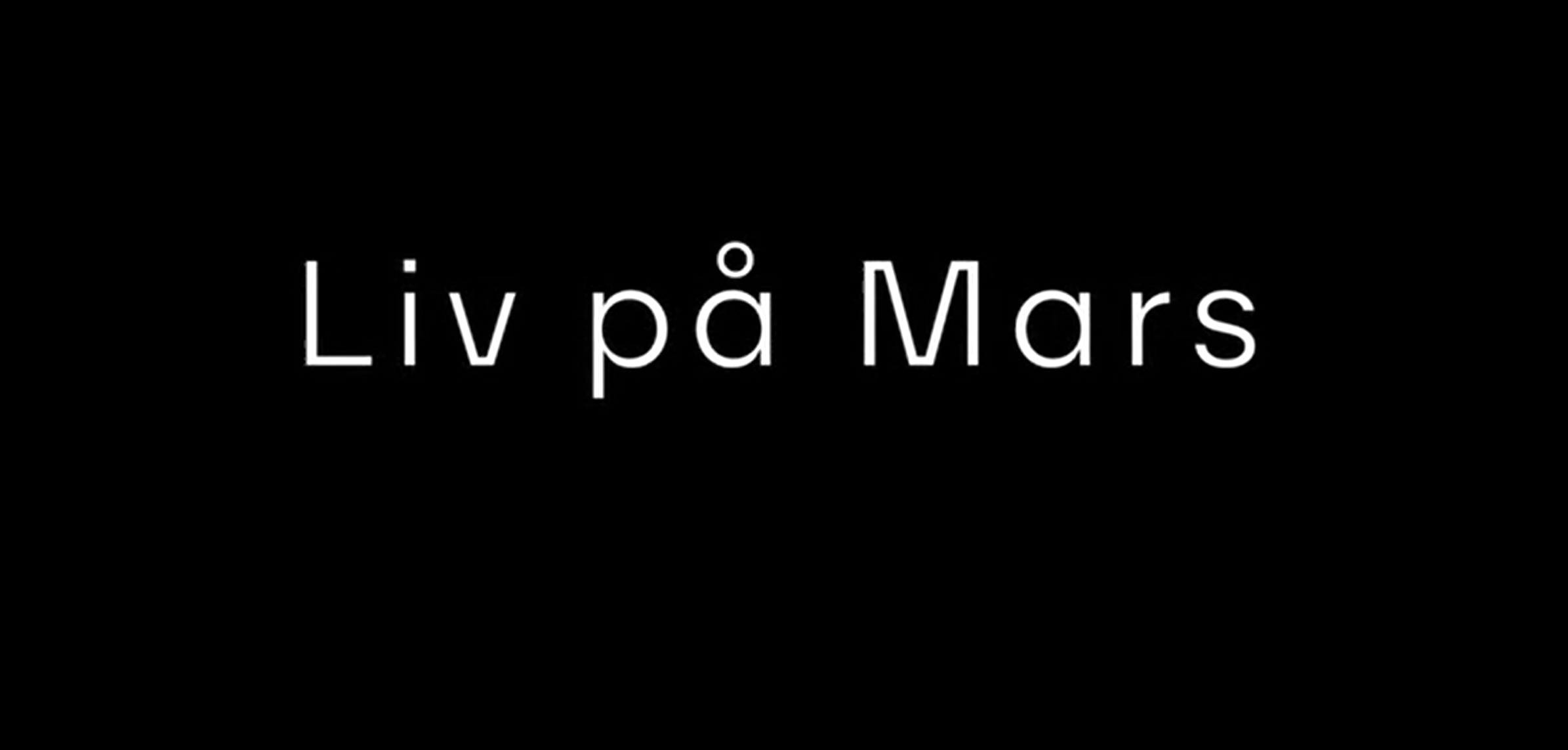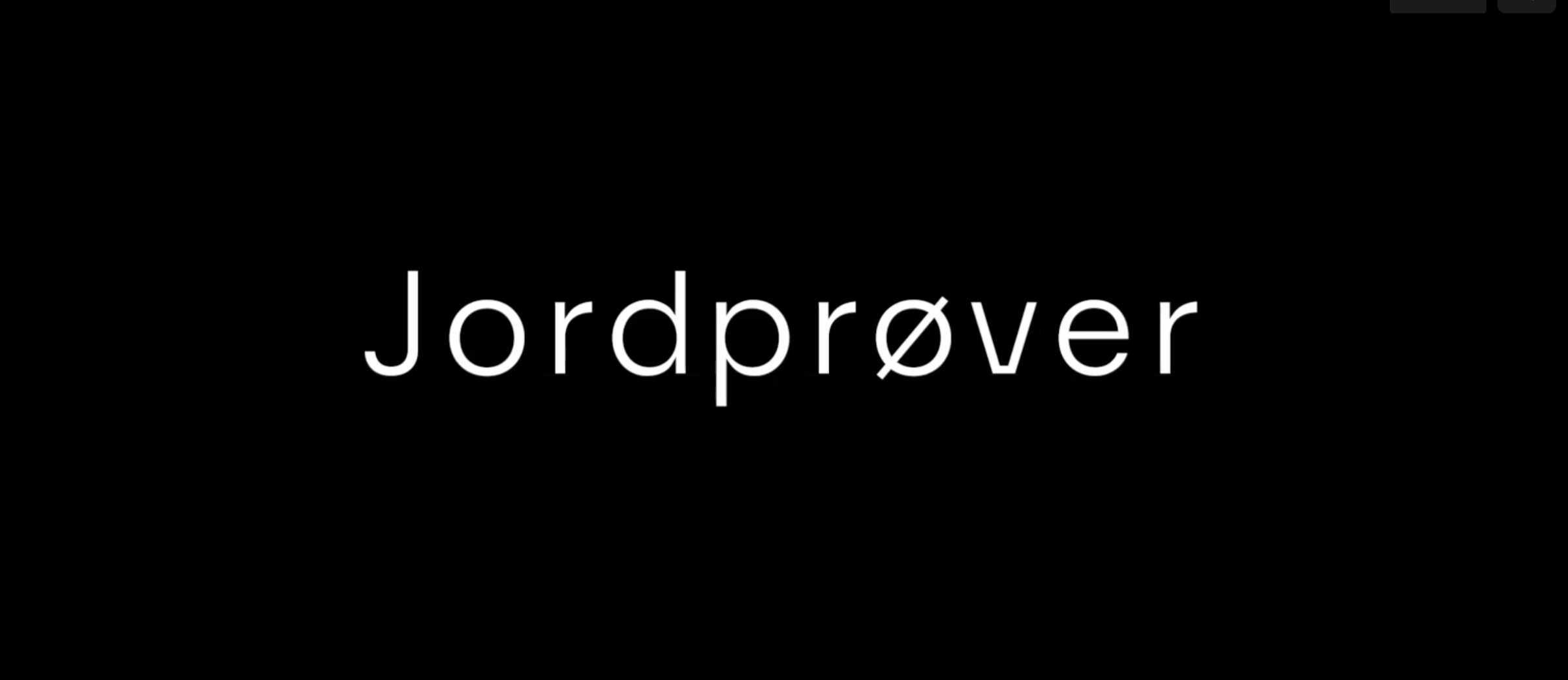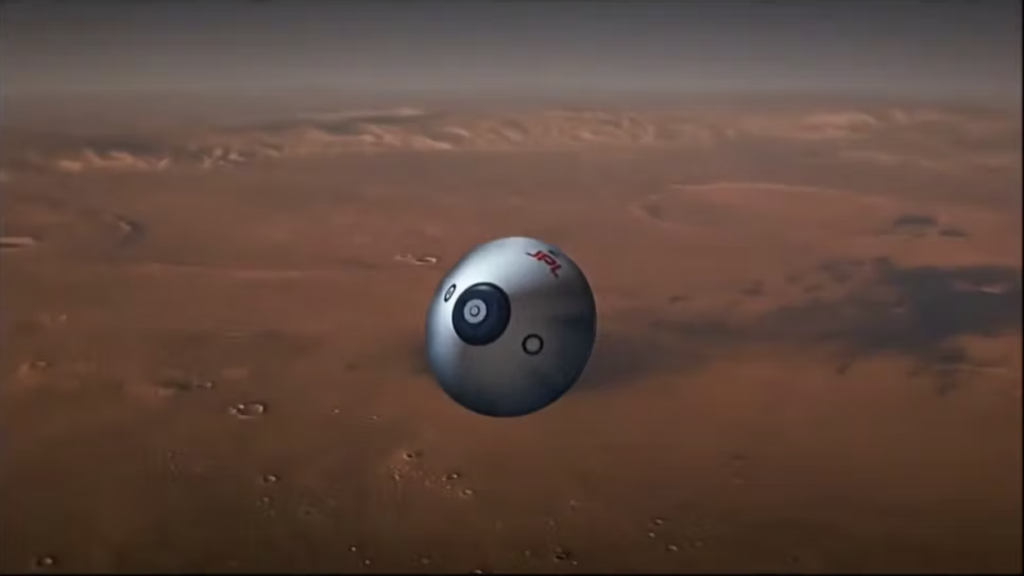In Mission to Mars, students design their own space mission.
For your mission to be a success, you will have to carefully plan, which experiments you want to perform and why. Discuss with your team what you want to investigate, why you want to answer these questions, and how you could do this with the tools you have available. Remember to use your thinking caps, you do not have enough resources for all the experiments so think carefully! For example, does it make sense to look at oxygen production for an unmanned mission?
This activity heavily focuses on interdisciplinarity in physics, chemistry, geology, and biology, among others. This is because space missions are by nature very interdisciplinary. This interdisciplinarity is expressed in the various experiments that the students perform.
Learning Objectives
- Students learn about many important subjects that would be important on a mission to Mars, including plant environment, pH value, life on Mars, and how to create a Mars lander.
- Students learn how to combine information from multiple subjects, and how they need to be combined to solve problems.
- Students work as a team to plan their mission together.
Materials needed
Materials for building a Mars lander: Paper rolls, plastic bags, tape, glue, strings, eggs
A printed copy of each of these documents for each group:
- Mission description (Dansk version / Missionsark)
- Experiment Mars lander (Dansk version / Arbejdsark Lander)
- Experiment Life on Mars (Dansk version / Arbejdsark Liv på Mars)
- Experiment Soil samples (Dansk version / Arbejdsark Jordprøver)
Script/programme of activity
2 1/2 hour workshop, which is flexible and can de adapted accordingly.
Students work together in groups of 4-5 persons.
30 minutes: Each group investigates information about which type of planet Mars is by using the internet or the teachers give a short presentation about Mars
15 minutes: Mission description / Students start to discuss and design their own mission by filling in the sheet (Dansk version /Missionsark)
5 minutes: Each group watches the ‘Mars lander’ video above
10 minutes: Experiment Mars lander / After watching the video, the groups fill in the sheet about the Mars lander experiment (Dansk version / Arbejdsark Lander)
20 minutes: Time to be creative – each group start to build their own lander by using materials such as paper rolls, plastic bags, tape, glue, and strings. After each group has built their lander, they can test whether it can land safely by letting it fly from e.g. a window or staircase. Suggestion: You can spice up the experiment by adding an egg to the lander to test whether the egg has survived the landing.
5 minutes: Each group watches the video above ‘Life on Mars’ with tardigrade experiments
10 minutes: Experiment Life on Mars / Groups fill in the experiment sheet about life on Mars (Dansk version / Arbejdsark Liv på Mars)
5 minutes: Each group watches the last video above about soil samples
10 minutes: Experiment Soil samples / Each group fills in the soil samples experiment sheet (Dansk version / Arbejdsark Jordprøver)
30 minutes: As a suggestion, each group can present their mission in class
Teacher/educator
The teachers facilitate the process be helping the groups investigate information about Mars on the internet and follow their process while watching videos with experiments and filling in their experiment sheets.
Key elements for inclusivenes
All types of students can participate in the workshop as the activities are very flexible. Students can use their imagination to draw their own base, or students can choose to investigate experiments according to their interest.
Extra information
For more information please contact astronomi@planetarium.dk





